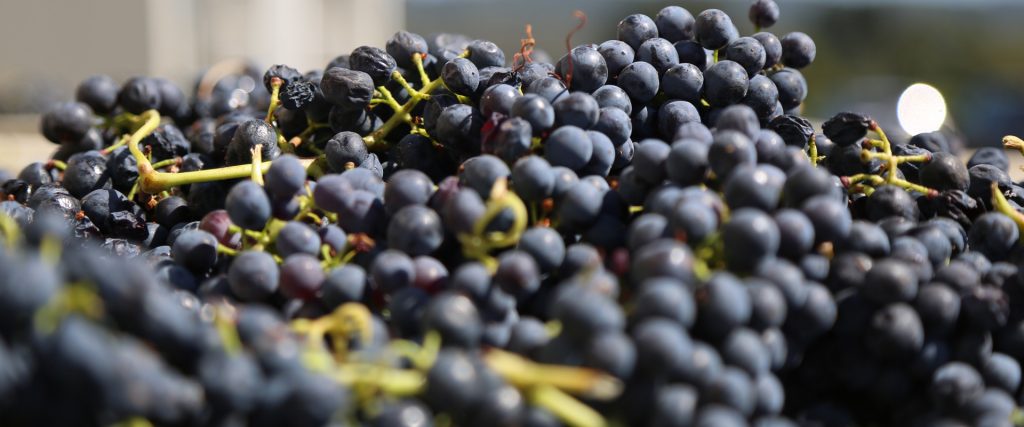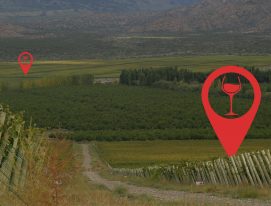Is it time for Argentine carbonic maceration wines?
Malbec, Argentina´s iconic variety, just keeps reinventing itself. In addition to the extraordinary range of flavours and styles it has to offer depending on the terroir and altitude where it was made (some of which are so extreme they´ve never been thought suitable for winemaking before) in recent years winemakers have been implementing methods rarely seen in the country to bring yet more variety to the scene.
The phrase ´Malbec Nouveau´, a reference to the famous French appellation Beajoulais, might soon become common parlance. Several Argentine wineries are making Malbecs (and other varieties and red blends) using the carbonic maceration method commonly used in the region to the south of Burgundy, which produces reds with an intense colour, gentle palates, and few tannins in which the fruit takes centre stage alongside unusual notes such as bubble gum, cinnamon, banana and kirsch.
Carbonic maceration (known as ´carbo´, in France, and ´cab mac´ in Australia, where it is also widespread) is a fermentation method discovered in 1934 by the French scientist Michel Flanzy. In contrast to the usual fermentation procedure for reds, which involves fermenting the pre-pressed grapes on their own (without stalks), carbonic maceration begins when whole bunches are placed in a container which is then filled with CO2. Because of the lack of oxygen, fermentation occurs within the grape seeds, without yeast, caused by the enzymes in the alcohol.
When the alcohol content reaches 2%, the grape skin begins to break down and release its juice. Usually this is when the grape skins are separated and the pulp completes fermentation conventionally (the yeast now comes into play). ´The resulting wines have a very fresh, light profile in which the fruitiness is preserved… they´re what are known these days as “refrigerator reds,”’ says Rodrigo Serrano Alou, Head of Oenology at Domaine Bousquet, a Mendoza winery that will soon be launching a Malbec made using carbonic maceration and also plans to apply the technique to Syrah.
French inspiration, Argentine spirit
´We we´re inspired by the Beaujolais Nouveau style but adapted to Malbec,´ says Verónica Ortego, Second Oenologist at Mythic Cellars, a brand of Dartley Family Wines, a winery in Luján de Cuyo (Mendoza) that has just launched Mythic Divine Creations Malbec Nouveau. ´It´s a fresh wine with plenty of fruit but it also has structure thanks to the Malbec tannins and excellent natural acidity. It´s a different style to what we´ve seen in the past.´
´The technique is associated with the success of French Beaujolais, but the practice has also been employed for a long time in local wineries to add certain qualities to wines that lacked colour or aroma,´ says Nancy Johnson, Brand Ambassador at Bodega Santa Julia. ´Today, our Tintillo is 100% made using the method. It´s a very Argentine wine in terms of its look, packaging and content as it combines the two most common grapes in the country: Malbec and Bonarda.´
Although carbonic maceration is generally used right now with Malbec grapes – for instance, in Vinyes Ocults Maceración Carbónica and the Malbec that will soon be released by Viña Las Perdices – it is also employed for other red varieties. In that regard, Vía Revolucionaria Bonarda Pura from Passionate Wine and Cabernet de Sed produced by Amansado Wines are both worth a look.
´The technique is similar to that seen in Beaujolais, but the characteristics of each variety, in our case Cabernet Sauvignon, are quite different. Even an ordinarily potent variety such as cab is coming out smooth, fresh, complex and very aromatic, which isn´t something you often see,´ says Eugenia Brennan, at Amansado Wines.
The interesting thing about reds made using carbonic maceration in Argentina, concludes Fernando Losilla, the Oenologist at Viña Las Perdices, us that they ´Offer different qualities in terms of freshness and aroma because they´re much fruitier with greater structure thanks to the tannins. That makes them very attractive especially to younger consumers looking for new types of wine.´
Innovation, reinvention and diversity have long been traits of the new wave of Malbecs that are rapidly conquering the globe, and these new Malbec Nouveau are a fascinating new addition that will undoubtedly get tongues wagging.



